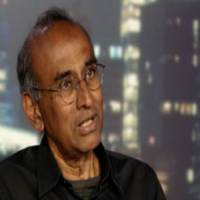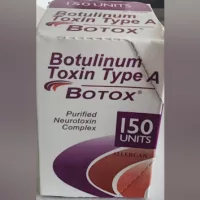
 iStock/Thinkstock(NEW YORK) — The dog days of summer are officially set to arrive this weekend with much of the continental U.S. expected to wilt under a what the National Weather Service is calling a “heat dome.”
iStock/Thinkstock(NEW YORK) — The dog days of summer are officially set to arrive this weekend with much of the continental U.S. expected to wilt under a what the National Weather Service is calling a “heat dome.”
The weather will “push the heat index to well over 100 degrees across a large portion of the central U.S.,” the agency said.
For those expected to be under part of the sweltering “heat dome,” here are a few tips on staying safe and avoiding dangerous complications like heat stroke this week:
Hydrate
The U.S. Centers for Disease Control and Prevention (CDC) advises drinking more water than usual during the heat wave when in the great outdoors. Additionally, because the heat causes more perspiration, they advise drinking water before feeling thirsty to avoid dehydration.
For those working or exercising outside, the CDC recommends two to four cups of water per hour.
Not all drinks are equal — avoid drinks high in sugar or alcoholic drinks during heat wave.
Be Extra Cautious with People over 65 or Infants
As people age, the ability to regulate body temperature makes heat stroke more likely. The CDC advises seniors not to rely on fans but stay in air-conditioned buildings as much as possible. If a person over the age of 65 starts to have symptoms of heat-related illness such as muscle cramps, headaches or nausea, they should see help immediately.
Young children and infants are also at increased risk for heat-related illness due to their size. Parents should take extra care to ensure children get enough fluids and are in cool light-weight clothing so they don’t overheat.
“Kids are really resilient, they will play and go outside and won’t want to stop,” Robert Hughes, an emergency medicine physician at the Emergency Medicine at University Hospitals Case Medical Center, told ABC News.
But he said parents should also be careful with children since they will often not show signs of heat illness early on.
“The warning signs of when a child get sick is relatively late,” Hughes said.
He also said parents should take care not to leave children alone in a car, even if it’s just for a few minutes.
Heat Exhaustion and Heatstroke Symptoms
In hot weather, both heat exhaustion and heat stroke can cause dangerous problems.
Heat exhaustion is a mild form of heat-related illness and can occur after several days of exposure to high temperatures with inadequate fluids. The condition can lead to heavy sweating, weakness, a fast pulse and nausea, according to the CDC.
The agency advises anyone feeling sick from being in the heat to take action immediately: get to a cooler area, lie down, sip water and apply cool wet clothes to skin.
Heatstroke, on the other hand, is the most dangerous heat-related illness and can occur when the body stops being able to regulate internal temperature. The body’s temperature starts to rise rapidly and loses the ability to cool down through sweating. If treatment is not sought, this can lead to death.
The condition can occur when the internal temperature reaches 103 degrees and can cause a fast, strong pulse and possible unconsciousness. If someone is exhibiting heat stroke symptoms, call 911 immediately.
Copyright © 2016, ABC Radio. All rights reserved.















